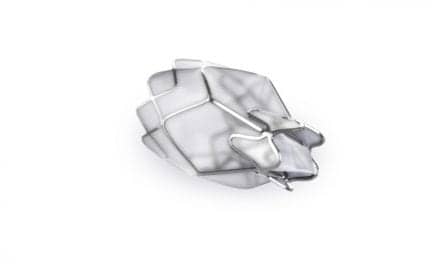A team of Spanish researchers has patented an improved virtual bronchoscopy system designed to enhance endoscopic examination of peripheral lung lesions, that is, small nodules located in more distal branches of the bronchi. The system, designed to improve lung cancer diagnosis, aids physician decision making regarding whether a bronchoscopy is necessary, thus avoiding possible risks and discomfort for the patient.
For standard lung cancer detection procedures, virtual bronchoscopy enables lung lesions to be examined from 3D reconstructions of the tracheobronchial tree. After a radiology exam, the physician can plan the bronchoscopy, which is performed using a flexible bronchoscope. This medical device is used for lung treatment and diagnosis and for the extraction of tissue samples for biopsy purposes.
The system, developed from virtual bronchoscopy imaging based on 2D computed tomography scans, enables the pulmonologist to virtually explore a patient’s airways and to simulate, using a tactile feedback device, the flexible bronchoscope movements to be made during the real exam. The pulmonologist can thus realistically plan an access route from the trachea to the peripheral lung lesion; it will also be possible to determine whether the tip of the bronchoscope will reach the injury, and, if not, to calculate the distance remaining and the biopsy technique to use. During the planning state, reaching the conclusion that pulmonary tissue is not accessible means, according to the developers, that a futile exam is avoided.
The novelty of the system is that, unlike current virtual bronchoscopy systems, it takes bronchoscope geometry and kinematic constraints into account. What the researchers have designed specific software and adapted automated movement planning techniques to map paths from the trachea to peripheral lung lesions. The tip of the bronchoscope is modeled as a kinematic chain with a mobile base and three degrees of freedom: the curvature of the tip, rotation around the axis, and forward movement.
The system was developed by researchers from the Institute of Industrial and Control Engineering (IOC) at the Universitat Politècnica de Catalunya-BarcelonaTech (UPC) and the Pulmonology Research Group of the Bellvitge Biomedical Research Institute (IDIBELL).
Source: IDIBELL-Bellvitge Biomedical Research Institute








